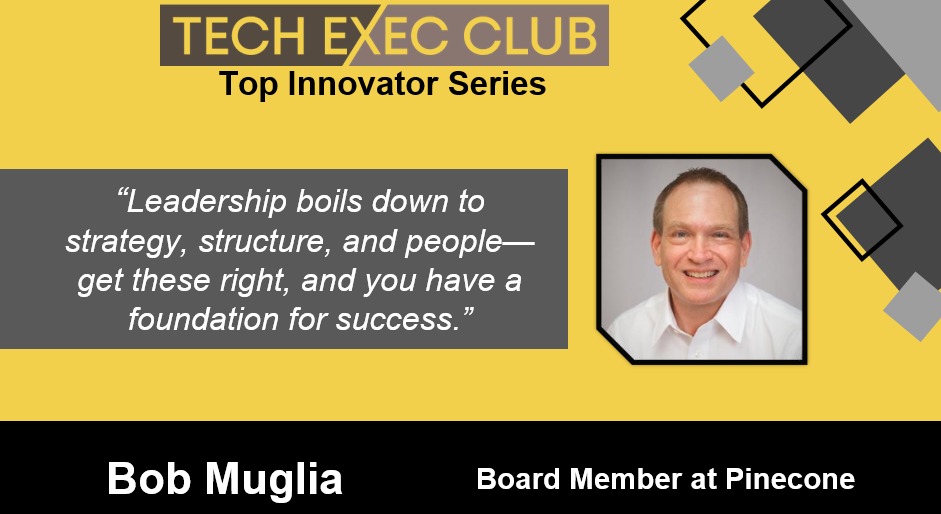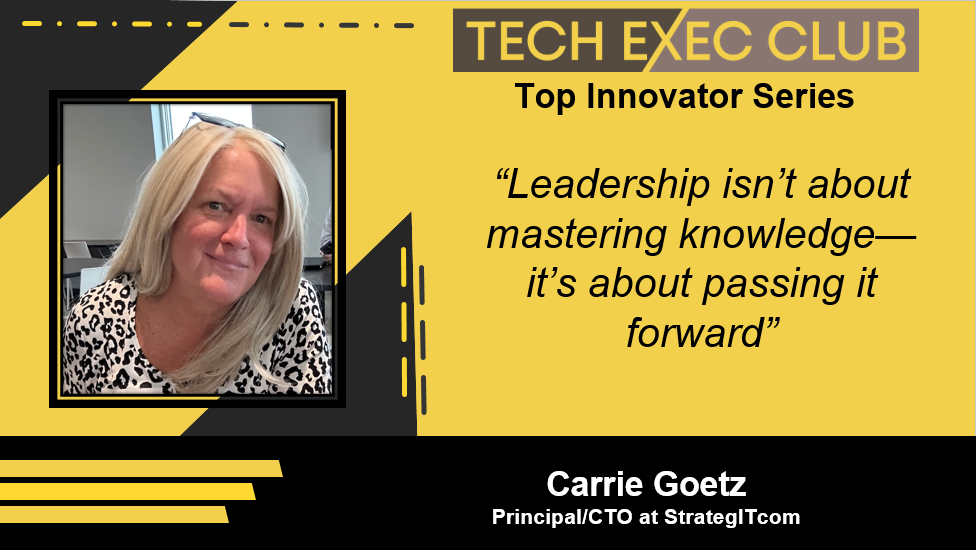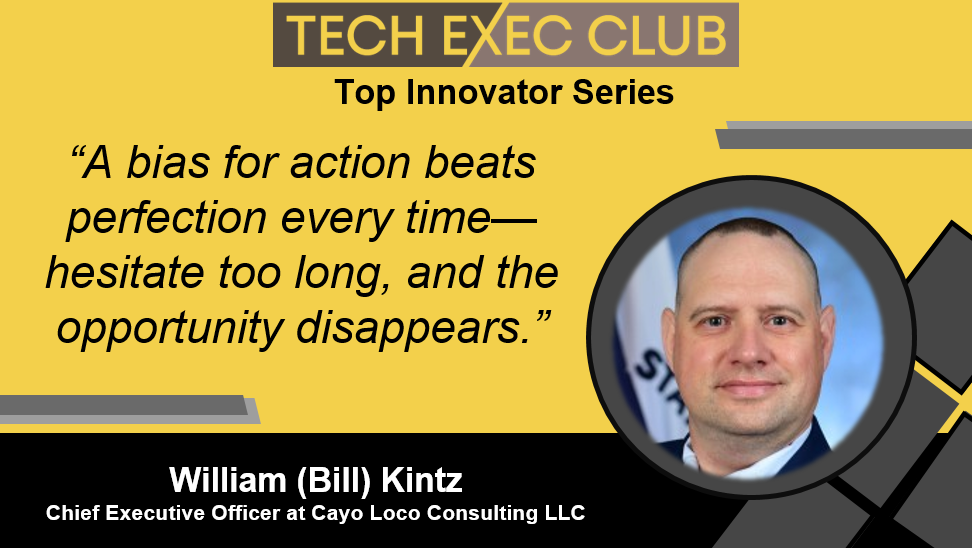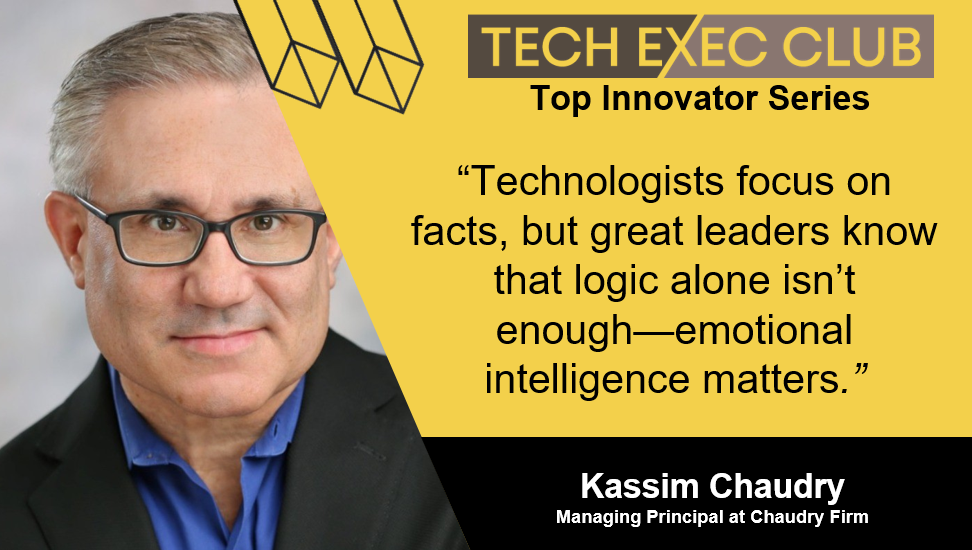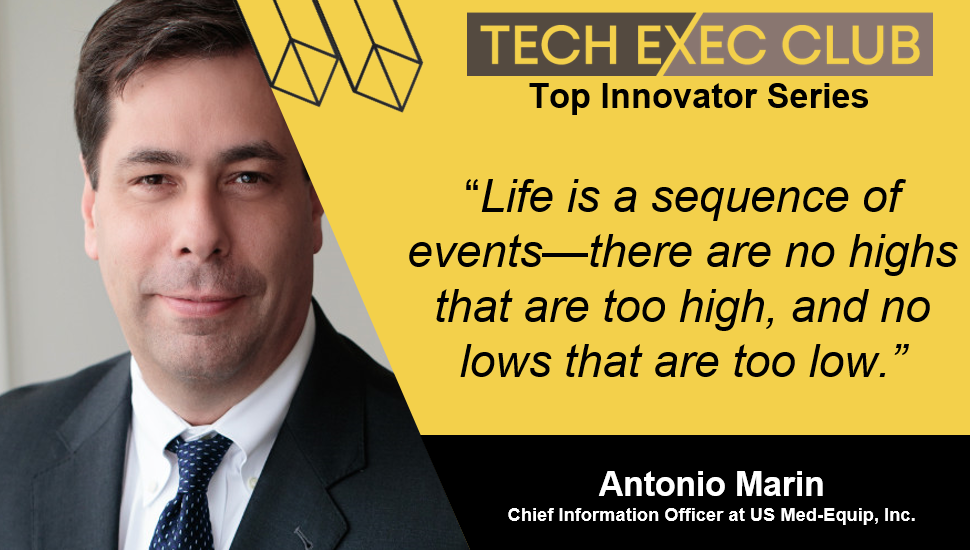Bob Muglia, a technology leader whose name resonates with innovation and transformative leadership, has spent decades shaping the tech landscape. From his formative years at Microsoft, where he was instrumental in product development, to his pivotal role as CEO at Snowflake, Muglia has consistently demonstrated the ability to merge technology and business to solve complex problems.
In an exclusive conversation, Muglia discusses the ingredients behind his remarkable leadership success, the lessons he’s learned along the way, and the evolving nature of leadership in today’s hyper-connected world. Whether fostering alignment within teams, making tough decisions, or empowering the next generation of leaders, Muglia’s reflections are a masterclass in navigating the challenges of innovation and leadership.
This delves into the principles and philosophies that have defined Muglia’s career, offering a roadmap for anyone aspiring to lead with purpose and impact.
The Art of Alignment: Bringing Teams Together for a Common Purpose
For Bob Muglia, leadership begins with understanding and alignment. “Everybody’s different,” he says, emphasizing the importance of recognizing and harnessing individual strengths. As a leader, he has always focused on creating a synergy that allows diverse teams to function cohesively. This was especially crucial in his role at Microsoft, where program management involved navigating a unique dynamic: “We had all the responsibility and none of the authority,” he recalls.
This lack of formal authority meant Muglia and his team had to rely on influence and communication to accomplish things. He vividly describes working with engineers who might initially push back on an idea, only to miraculously solve the problem over a weekend once they understood its importance. “The real key is getting them to see the vision and align with it,” he says. This alignment principle has been a cornerstone of his leadership philosophy, shaping how he inspires teams and drives results.
Muglia’s ability to foster alignment goes beyond team dynamics; it extends to understanding the broader goals of the business. He highlights the necessity of identifying what people want to achieve and how technology can serve as a bridge to reach those goals. He says, “My superpower is understanding what people are trying to accomplish and combining that with technology to build a solution.” This mindset has allowed him to lead teams that deliver transformative outcomes, even in the face of complex challenges.
Muglia’s experience underscores a universal truth: leadership isn’t about commanding authority but aligning diverse talents toward a shared objective. Leaders can drive success by fostering collaboration and focusing on what truly matters, even in the most challenging circumstances.
Innovation as a Journey: Moving from Impossible to Inevitable
“Innovation moves from impossible to improbable and then to inevitable,” Muglia explains, capturing the essence of progress in the tech world. His career, marked by groundbreaking achievements, is a testament to this principle. Drawing on decades of experience, Muglia emphasizes that true innovation is not about responding directly to customer requests but solving the core problems they face.
This lesson became apparent during his tenure at Microsoft, where he was involved in shaping enterprise products. Muglia recalls how early product packaging and distribution were disconnected from development—a stark contrast to today’s integrated service-based models. His ability to adapt to such shifts and anticipate market needs set him apart. “You don’t build what people tell you to build; you solve the problem they’re trying to address,” he says, pointing to leaders like Steve Jobs and Elon Musk as examples of those who imagined solutions far beyond what customers could articulate.
Muglia also highlights the transformative power of technology, noting how advancements like AI and GPUs are leveling the playing field. “We’re in a world where constants in technology are the same for everyone,” he observes. The challenge becomes how to leverage these tools creatively and effectively to deliver value.
His philosophy on innovation is simple yet profound: it requires both vision and execution. By focusing on the problems that matter and anticipating future needs, leaders can turn the improbable into the inevitable, creating solutions that redefine industries.
The Challenges of Leadership: Balancing Empathy with Tough Decisions
As Muglia readily admits, leadership comes with its own set of challenges. One of the hardest lessons he’s learned is the importance of making tough decisions, especially regarding personnel. “I don’t make hard decisions fast enough,” he confesses, attributing this to his empathetic nature.
Throughout his career, Muglia has found it challenging to let go of employees who weren’t thriving. “I have a great deal of respect for people who can cut the cord quickly,” he says, acknowledging that delayed decisions often prolong the inevitable and can impact team morale. His perspective shifted when he became a board member, gaining the distance needed to view such situations more objectively. “As a board member, it’s much easier to tell the CEO, ‘You need to move on from this person,’ than when I was that leader.”
Despite the difficulty, Muglia believes that separating personal feelings from professional decisions is essential for effective leadership. He advises leaders to act decisively while ensuring their actions are fair and compassionate. “If someone isn’t succeeding in a role, they almost certainly know it,” he explains. Often, a difficult decision can lead to better outcomes for everyone involved, with individuals finding opportunities better suited to their skills and aspirations.
Muglia’s reflections underscore an essential truth: while empathy is a strength, it must be balanced with the ability to make hard calls. It’s a delicate dance, but one that defines effective leadership.
Maintaining Professionalism in a Blurred World
In today’s always-on culture, the boundaries between personal and professional lives are increasingly blurred. Muglia, however, is a staunch advocate for maintaining professionalism in the workplace. He critiques modern philosophies like “bring your whole self to work,” arguing instead for a more focused approach. “Bring your work self to work and leave the rest at home,” he asserts.
Muglia believes that professionalism fosters productivity and inclusivity without diluting focus. He shares examples from his time at Snowflake, where cultural and political debates sometimes spilled into the workplace. Rather than avoiding these issues, Muglia encouraged open dialogue but set clear boundaries. “We talked about it openly in team meetings, but we made it clear that our focus was on business outcomes,” he recalls.
This approach extended to debates over ethical considerations, such as whether to sell to military organizations or countries with differing cultural norms. Muglia’s solution was to listen thoughtfully to employee concerns while maintaining a professional and pragmatic stance. “If it’s legal, and the government supports it, we’re fine with it,” he says. While not everyone agreed, the open discussions made employees feel heard, and no one ultimately left the company over these policies.
For Muglia, professionalism isn’t about stifling individuality but creating an environment where teams can focus on achieving shared goals. This philosophy has served him well in navigating complex organizational dynamics.
The Three Pillars of Leadership: Strategy, Structure, and People
Muglia distills leadership into three core components: strategy, structure, and people. He believes these pillars form the foundation of success for any organization.
“Without the right strategy, you’re screwed,” he says bluntly, emphasizing the importance of aligning vision with market realities. He recounts Microsoft’s early foray into tablets as an example of how timing is just as critical as the idea itself. “We had the right idea, but the technology wasn’t ready,” he recalls, noting how Apple’s invention of multi-touch ultimately changed the game.
The structure is equally vital. Muglia points to Amazon as a case study of how organizational systems can drive scalability. Amazon’s structural innovations, from API-driven teams to automated distribution centers, have been a major differentiator. “Having the right systems in place can make or break a company,” he explains.
Finally, Muglia highlights the importance of people, emphasizing the need for the right talent at the right time. “As companies grow, roles often outgrow the people in them,” he says. Navigating these transitions requires honesty and clarity. At Snowflake, this meant having tough conversations with employees who had contributed significantly but needed to step aside for the company to scale.
“Strategy, structure, and people—get these three things right, and you have the foundation for success,” Muglia concludes. It’s a simple yet powerful framework that encapsulates the essence of effective leadership.
Leadership is not just about navigating challenges or achieving personal success; it’s about inspiring others, driving meaningful innovation, and building lasting systems. Bob Muglia’s insights offer a roadmap for leaders, innovators, and organizations aiming to make a transformative impact. Here are actionable steps to apply the wisdom from his journey:
1. For Aspiring Leaders: Reflect on your leadership style. Are you fostering alignment within your teams and communicating a clear vision? Identify areas where you might be delaying tough decisions. Start practicing objectivity in balancing empathy with action. Take time to understand the strengths and weaknesses of your team members. Align their talents with the organization’s goals to achieve optimal results.
2. For Innovators and Product Managers: Go beyond customer requests. Focus on identifying and solving the real problems your users face. Stay informed about emerging technologies and ask how they can redefine your solutions. Encourage your teams to envision what’s possible, even when it feels improbable.
3. For Organizations: Evaluate your current strategy. Is it aligned with market needs and technological realities? If not, it’s time to pivot. Assess your organization’s structure. Do your systems and processes enable scalability and efficiency? Review your talent pipeline. Are you equipping your teams with the right skills and leadership at every level of growth?
4. For the Tech Industry as a Whole: Commit to fostering professionalism in workplace culture. Create spaces for open dialogue while maintaining focus on shared objectives. Engage thoughtfully with ethical challenges in business. Balance personal values with pragmatic strategies to build sustainable growth. Embrace the power of mentorship. Share your knowledge and experiences with emerging leaders to contribute to the next wave of innovation.
By reflecting on these insights and applying them to your journey, you can lead with purpose and make a lasting impact in your organization, industry, and beyond.
Bob Muglia’s journey as a leader, innovator, and mentor is a testament to the power of vision, adaptability, and purpose-driven leadership. His ability to align teams, navigate challenges, and leverage technology for meaningful impact has left an indelible mark on the tech industry.
As Muglia continues to give back through mentorship and board roles, his focus on empowering others to lead exemplifies the enduring influence of his leadership. He believes in the importance of strategy, structure, and people as foundational elements for success and guiding principles that any leader can adopt to drive transformation.
Muglia’s story reminds us that leadership is not about having all the answers but about fostering alignment, making tough decisions when necessary, and maintaining professionalism in an ever-evolving world. For those looking to leave their mark, his lessons offer a blueprint for creating lasting value and inspiring others to do the same.
